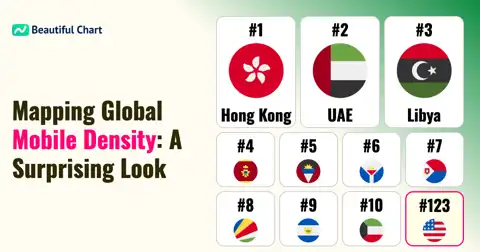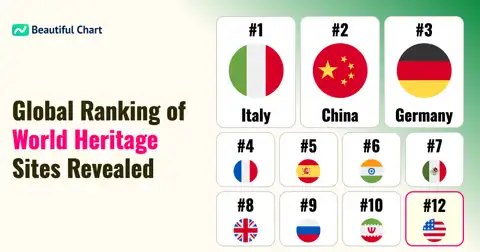This chart presents the annual rankings of the global working-age population from 1950 to 2023. It reflects the economic and social development, as well as demographic changes, of countries worldwide. The chart allows for the observation of population shifts and national ranking changes over the years, serving as a vital resource for understanding international labor market and economic trends.
The working-age population generally refers to people aged 15 to 64. This age group is considered the primary cohort participating in economic activities, representing a crucial indicator of a country's labor force resources.
| Rank | Name | Indicator |
|---|---|---|
1 | 982M 935K people | |
2 | 971M 860K people | |
3 | 220M 104K people | |
4 | 188M 982K people | |
5 | 151M 29K people | |
6 | 143M 111K people | |
7 | 121M 418K people | |
8 | 117M 964K people | |
9 | 95M 718K people | |
10 | 86M 569K people | |
11 | 75M 552K people | |
12 | 72M 811K people | |
13 | 72M 82K people | |
14 | 70M 410K people | |
15 | 67M 477K people | |
16 | 61M 361K people | |
17 | 58M 428K people | |
18 | 52M 695K people | |
19 | 51M 749K people | |
20 | 49M 411K people |





